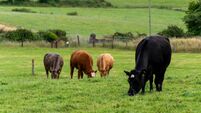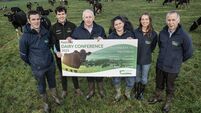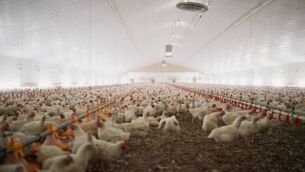Timing of gorse grazing key to success of conservation trial
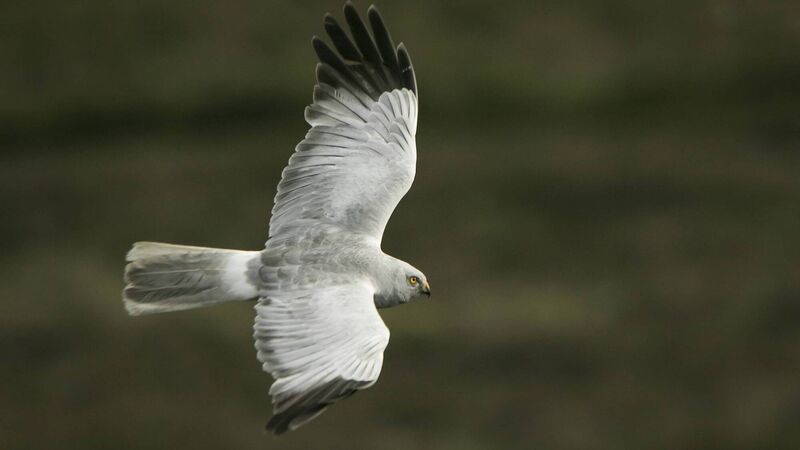
The hen harrier population in the Mullaghanish-Musheramore Mountains increased to five pairs by 2020. Picture: Mario MacRory/Muddy Boots Guided Walking.
The timing of sustainable grazing by horses and goats has proved crucial to the success of a gorse management trial conducted as part of the Hen Harrier Project.
Gorse control was identified as an issue by many of the farmers participating in the project, which operates in six special protection areas (SPAs) in counties Cork, Limerick, Kerry, Tipperary, Galway, Clare, Monaghan, Offaly, and Laois.
The conservation programme, funded by the Department of Agriculture, Food and the Marine, is looking at alternatives to burning and mechanical removal of gorse as part of its attempts to boost biodiversity in upland areas where the hen harrier may thrive.
Winter grazing by horses to control gorse in order to encourage a wider range of plant growth was trialled in part of the Mullaghanish-Musheramore SPA in Co Cork, which has seen an increase in hen harriers from one breeding pair in 2015 to five pairs of the ground-nesting birds of prey in the area last year.
In 2019, some of the 90 farmers in the Mullaghanish-Musheramore project area raised the issue of gorse management, resulting in the establishment of the trial.
Padraig Cronin, Hen Harrier Project officer for the area, said that in general, “common practice at the moment is that a lot of people use diggers or mulchers and clear big areas to improve them and bring them into agricultural production again, but we wanted to look at an alternative”.
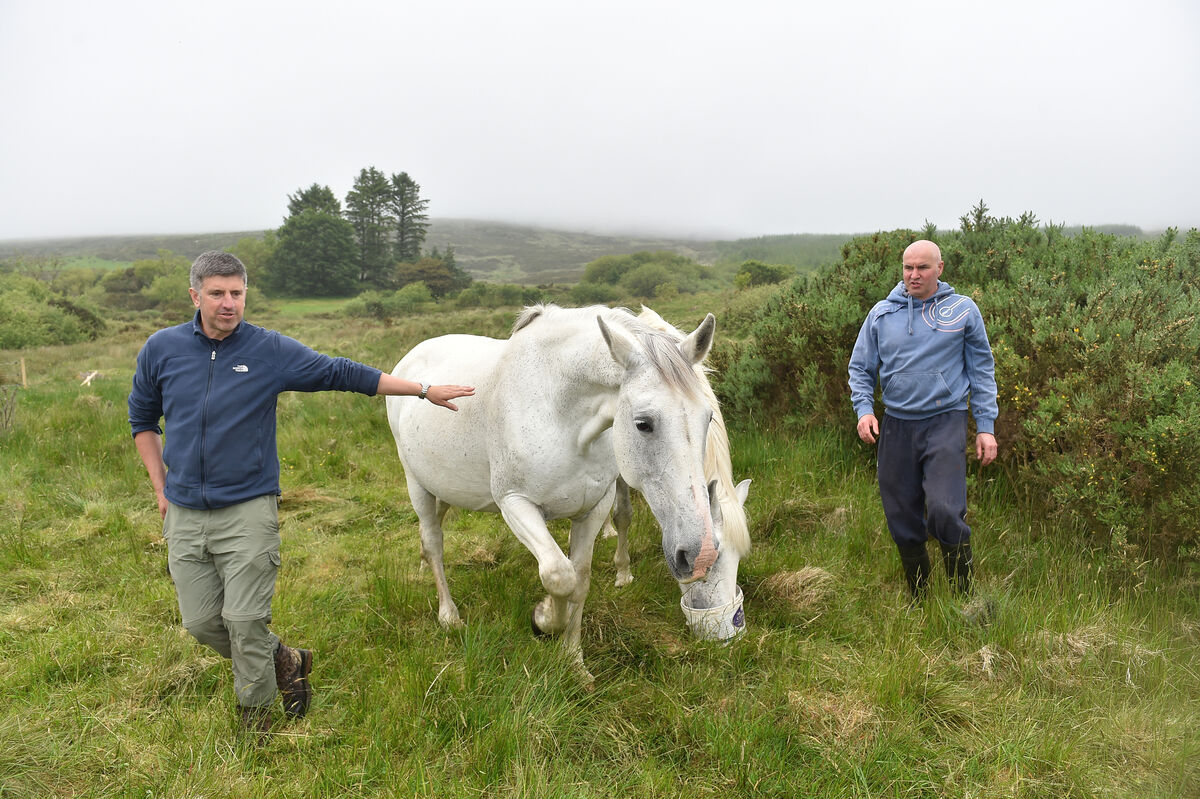
“Our alternative was low risk, low impact on the ground, using horses to do the grazing. We fenced off areas within the farm and started grazing horses on the gorse in February,” he added.
Pre-mechanisation, gorse was used as animal fodder throughout Ireland for centuries, and until the 1970s, furze-chopping machines were to be found on many farms.
While tall European gorse, also known as furze or whin, is prevalent in most areas, Mr Cronin said Mullaghanish-Musheramore is the only one of the six SPAs in which dwarf or low Western gorse is also common.
The hen harrier population in the Mullaghanish-Musheramore Mountains SPA had undergone serious decline, with no breeding pairs recorded in 2014, but this increased to five pairs by 2020.
“The Musheramore SPA was the good news story for our project last year,” said Padraig Cronin, project officer for the area, as well as for the Stacks-Mullaghareirks.
“There were five nests, five pairs, and they fledged 10 chicks, so we’re absolutely delighted with that. That was a wonderful achievement and a lot of that stems from the farmers’ involvement and the positivity around it - the buy-in by the local farmers.”
Meanwhile, the SPA, near the Cork-Kerry border, covers 3,287 hectares, of which 2,400 hectares are farmed by participants in the Hen Harrier Project.
“We have almost a 75% participation rate there. Some other areas would be around 60-65% so that’s very good participation,” he added before highlighting how in the test area in Ullanes, in the Mullaghanish area, “the gorse was 2-3m tall and quite inaccessible in places.”
Meanwhile, grazing with horses, supplemented with ration, is at its most beneficial from January to March.
“The key thing is that at that time of the year there’s no nutritive value in the small bits of grass under the gorse, so the horses pick at the stem of the gorse, which has levels of minerals and nutrients in it," continued Mr Cronin.
“As the season goes on, the horses wouldn’t go near gorse because they’d have too much grass to eat.
“The idea of getting horses was to go in and break [the gorse] down so other animals could come in after, like goats, cattle, or sheep.
“Goats can play a valuable part in all of this. They won’t really eat grass but they’ll eat brambles, sallies, small trees, shrubs.
“If you’ve very tall gorse they won’t be able to get up higher in the plant but the horses, in very inaccessible areas, will open it up from their sheer bulk and it will allow other animals in.”
The horse and goat trial, said Mr Cronin, was more successful than expected in terms of gorse clearance and prompted interest from other farmers in and outside the SPAs.
“It’s unbelievable – it looks like an area that was totally thinned out, whereas before it was one block of gorse.
The goats kept feeding on the stems and small buds of regrowth.
“They actually did an amazing job on it, much to a lot of people’s surprise.
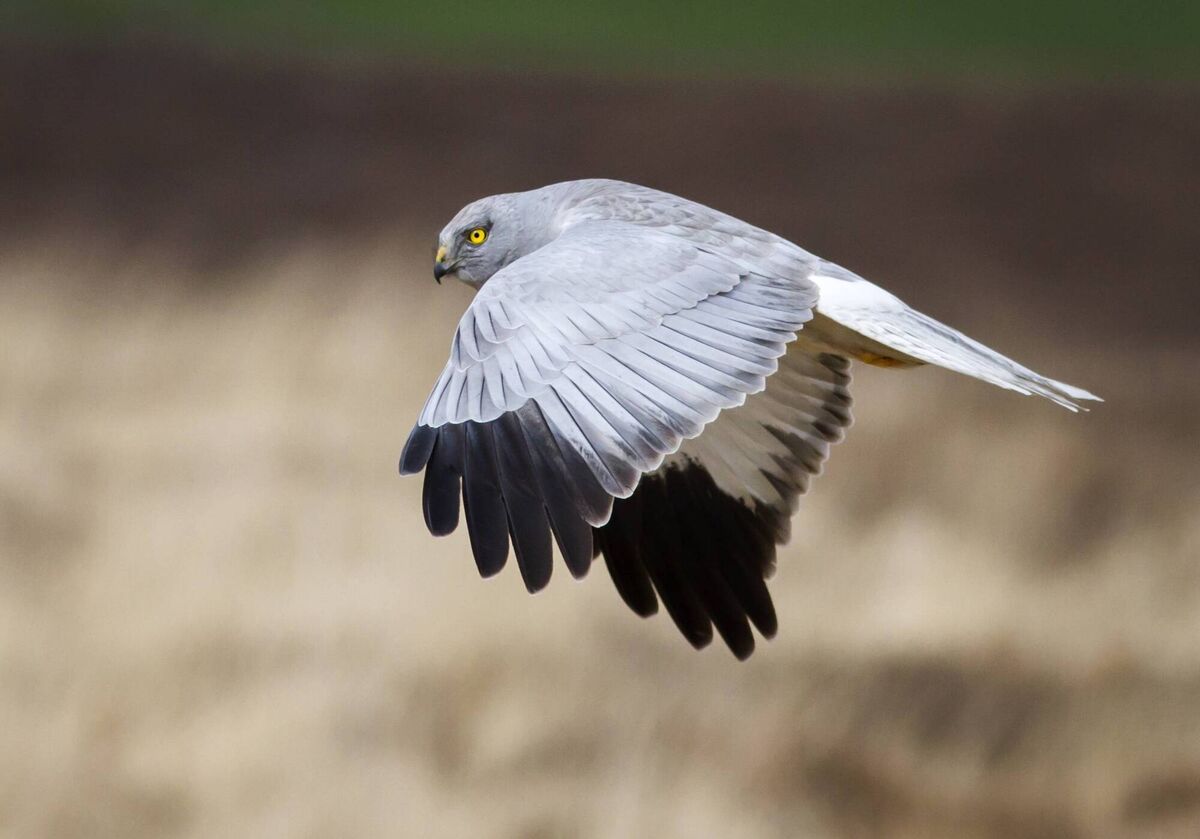
“The trial worked very well and we got a load of phone calls from farmers all over the country.
“The farmer hardly believed it himself, but he sees the advantage of how a small bit of grazing at the right time of the year can totally improve the habitat.
“It’s useful for everyone across the country – if you’ve an area that’s gone wild and becoming abandoned, there are ways of bringing it back into a more rich biodiversity habitat as opposed to going in with a digger.”
Both mechanical removal and burning have been shown to be not only environmentally damaging but ineffective, leading to the germination of greater numbers of dormant seeds and the rapid re-establishment of what can become an invasive shrub.
Sustainable grazing of gorse has important benefits for wildfire prevention, said Mr Cronin, who is this month involved in another new trial on the management of Western gorse using summer grazing by horses in the Mullaghanish area.
“It’s all about managing land in a sustainable way that will protect the environment,” he said.
“If you’ve large areas that are covered in gorse, they are quite prone to fire at certain times of year.”
While the habitat of the hen harrier, which feeds on small mammals and birds, is threatened by upland fires, the extensive destruction, including loss of nesting birds, is a broader threat, as evidenced by April’s devastating fire in Killarney National Park.
“Fires have the potential to destroy the whole uplands, right across the west of Ireland,” warned Mr Cronin.
“We concentrate a lot on fire resilience and part of that is farmers managing their own uplands.
“What we encourage is farmers grazing upland grassland or bog heath areas in June and July; like gorse, the fast-growing grass Molinia presents a potential fire risk.
“It has good nutritive value so if you graze it in the months of June and July that’s the optimum time and you can get a good response from cattle on it.
“The objective is to graze it now so it’s not dense and high in the months of January and February. If that catches fire, it just spreads across hundreds of hectares of land, as we’ve seen.”
The five-year Hen Harrier Project is a European Innovation Partnership scheme, funded through the Department of Agriculture, Food and the Marine as part of Ireland’s Rural Development Programme 2014-2020 to a total of €25m.
- There are more than 1,600 farmers participating in the project in six SPAs, with payments made via a results-based habitat payment, a supporting actions payment, and hen harrier payment;
- A Local Actions grants scheme also provides funding in SPAs and is available to farmers, community groups, and local organisations. In the Mullaghanish-Musheramore SPA the scheme has co-funded the creation of a sensory garden, Gairdín Ghobnatan, in Baile Mhúirne, which includes a wooden figure of a hen harrier carved by chainsaw artist Will Fogarty;
- Farmers in the Hen Harrier Project are also involved in planting wild bird cover strips 9m wide by 100m long, including for example radish, mustard, triticale, or oats. Project officer Padraig Cronin said this initiative “provides a haven for insects, and the more insects you have, the more small birds you’ll have, and the hen harrier preys on the small birds”;
- The current Hen Harrier Project programme finishes at the end of 2022;
- Once fledged, hen harriers usually depart their upland breeding grounds within weeks, returning to breed in the spring. Survival rates are low, with up to 75% dying in their first winter. Bird activity is monitored in the six SPAs by experienced ornithologists.
